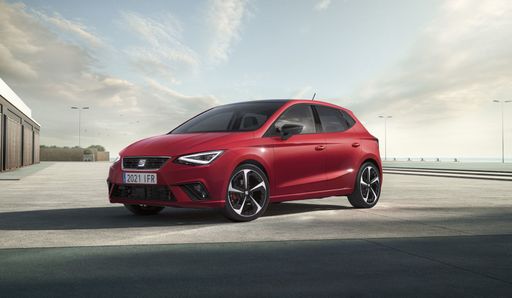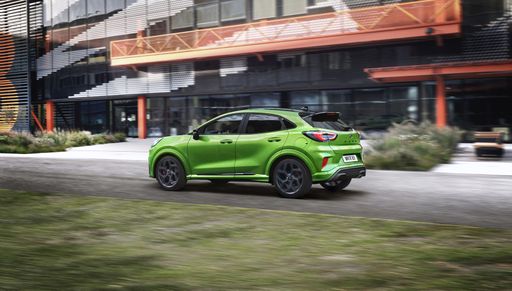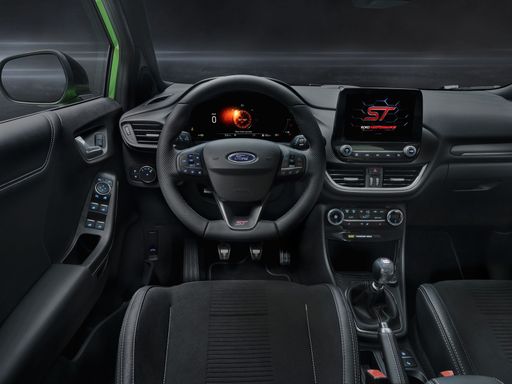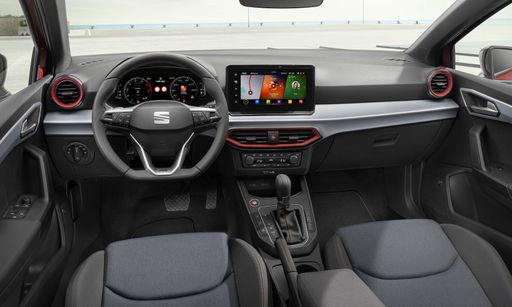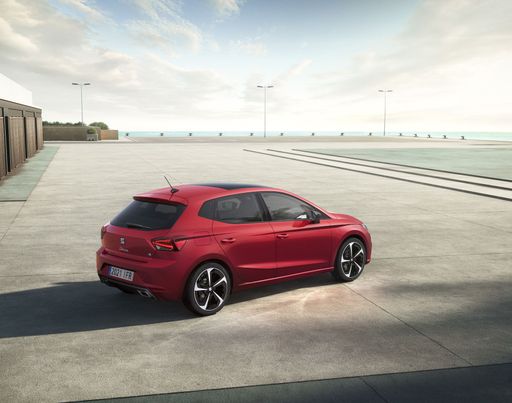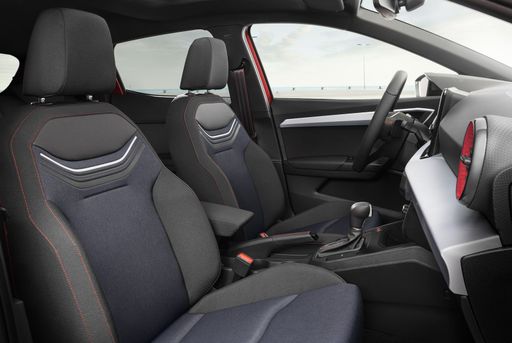Ford Puma vs SEAT Ibiza: A Modern Meet of Styles and Substance
When you pit two popular models like the Ford Puma and SEAT Ibiza against each other, the outcome is often a matter of personal preference and driving habits. In this article, we delve into the core features, technical specifications, and innovations that define these two vehicles, enabling prospective buyers to make an informed decision.

